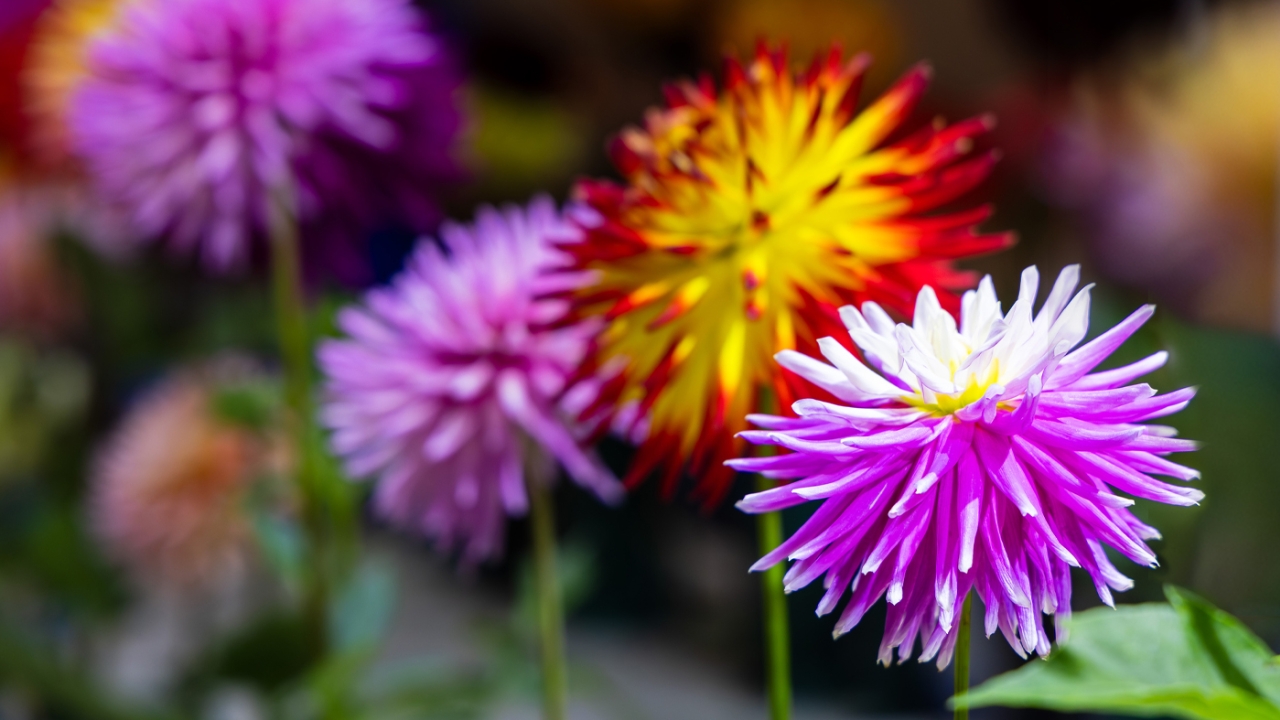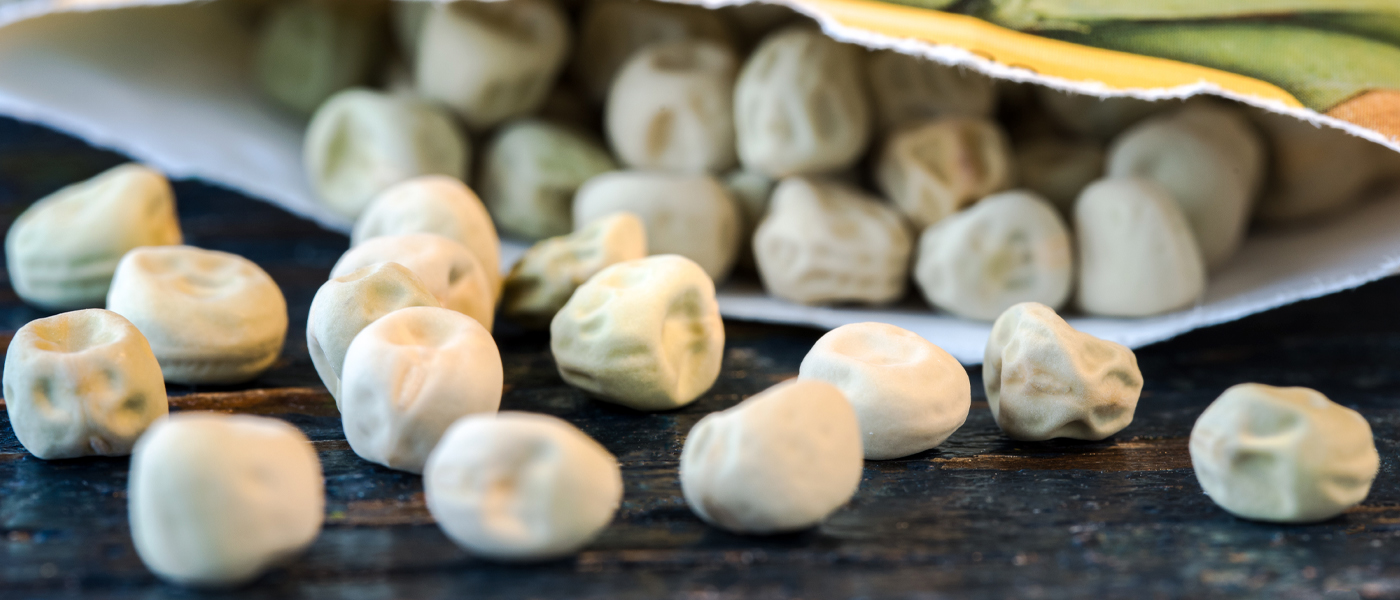

Smart Gardener
Ready, Set, Seed Germination Test!

February is such an exciting month for gardeners—time for the first seeds to get started indoors, and time for our Seed Swap!
As you pull out your collection of seed packs, envelopes, and labeled jars, you’ll undoubtedly make some unexpected discoveries: the last of the lettuce seeds you collected but left in the garage by mistake over the winter…those unknown flower seeds that the neighbor gave you…that pepper variety that you aspired to, but never sowed, a few years ago.
Unfamiliar, unidentified, old, or questionably stored seeds can test a gardener’s patience and sanity, as even the best-tended pots and plots can’t make nonviable seeds sprout. Seeds don’t live forever (at Seed Swap, talk to Regenstein Fruit & Vegetable Garden horticulturist Lisa Hilgenberg about her veggie viability chart). That’s why smart gardeners employ a simple seed germination test to help hedge their bets and get the most out of every seed.
The process is easy—so easy that you can get the kids interested in it as a fun germination experiment. Double-check your seed packs before you get started—“packed for” dates and germination percentages for that year go a long way in helping you determine which seeds to test.
3 Easy Steps
Gather your supplies
- Plain paper towels, white or brown. Half-size paper towels work great.
- Plastic sandwich or snack bags. Zip bags aren’t necessary—seeds need oxygen to sprout!
- Spray bottle with water
- Marker
- Ten seeds of each type to be tested
Set up the test
- Mist a paper towel until quite damp but not soaked.
- Lay ten seeds out on half the towel—two rows of five each work great. Leave a border around the edge and allow ½ inch to 1 inch between seeds, depending on their size.
- Fold the towel in half so the seeds are covered, and insert the “seed sandwich” into a plastic bag. Do not seal; air needs to circulate or the seeds will mold and rot.
- Label the bag with the type of seed and the date.
- Set the bag/s on a cookie sheet or tray in a single layer.
- Set the tray in a warm spot (top of the refrigerator is classic).
Calculate your seed germination percentage
- Check the seeds every day. Re-mist if the paper towel has dried out.
- Most seeds sprout within 3 to 10 days. Healthy, high-quality seeds will germinate uniformly.
- Do the math: if eight seeds sprouted, you have an 80 percent germination rate. Only five sprouts? That’s a 50 percent rate; anything less than 70 percent is considered unreliable and should be composted, discarded, or even used for crafts.
- Yes, you can pot up those successful baby sprouts!
That’s all there is to it.
Now that you’ve tested your seeds, you’re ready to start seeds indoors. Check out our Five Seed-Starting Secrets here.
Karen Zaworski is a garden writer and photographer who lives and gardens in Oak Park, Illinois.

